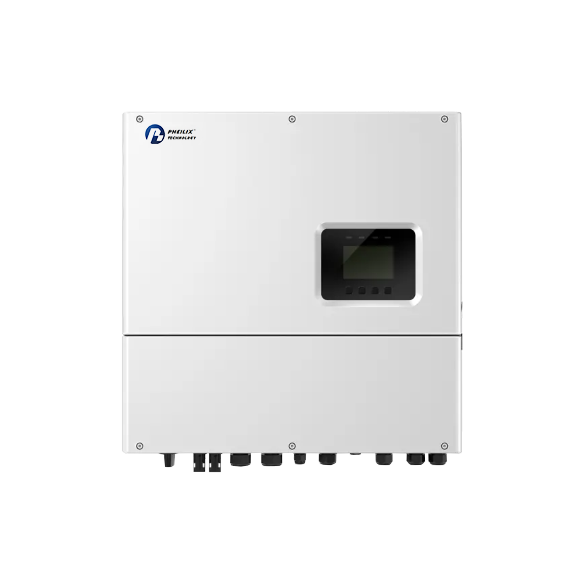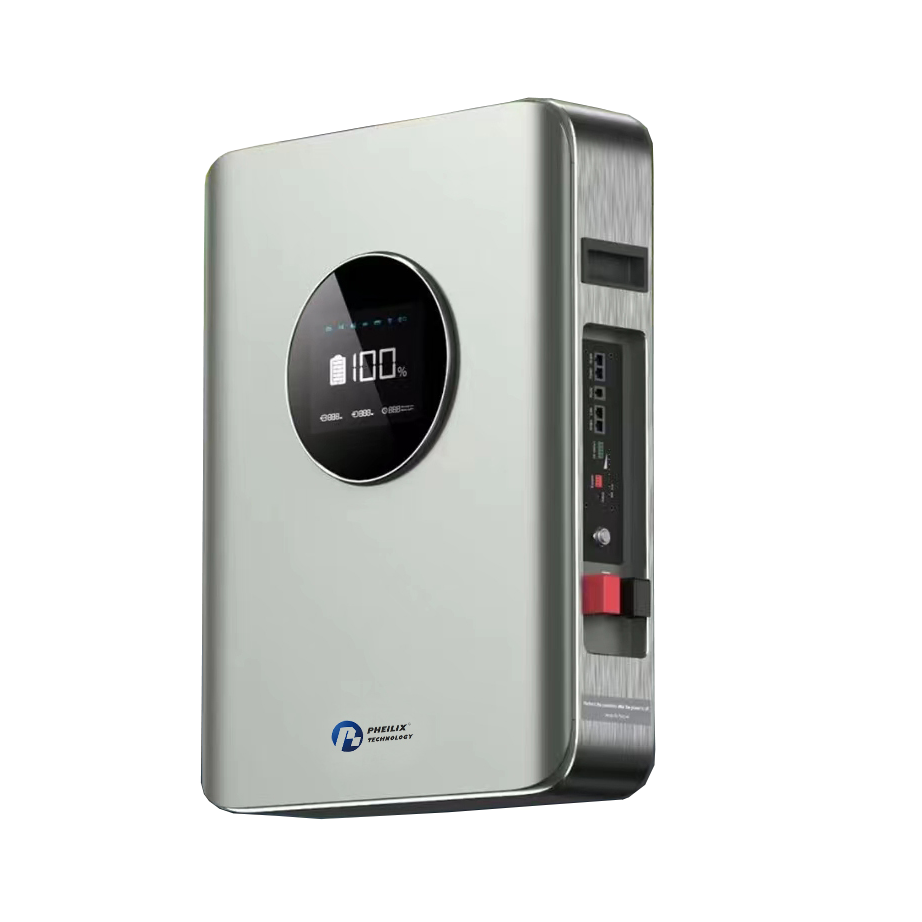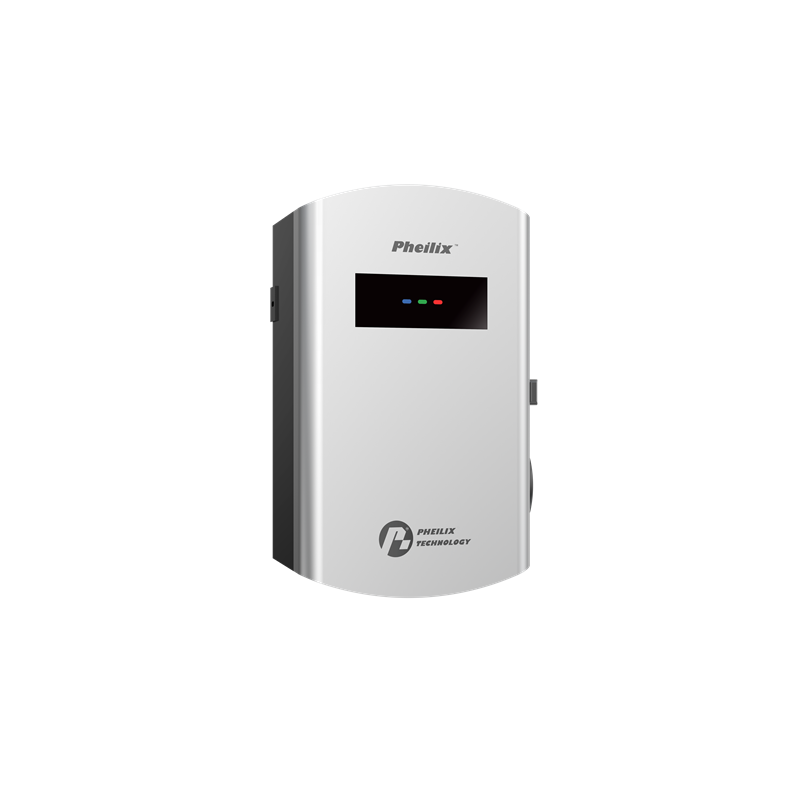product
Solar Panel Glacier Series
Solar Panel Glacier Series G8

Solar Panel Glacier Series G8
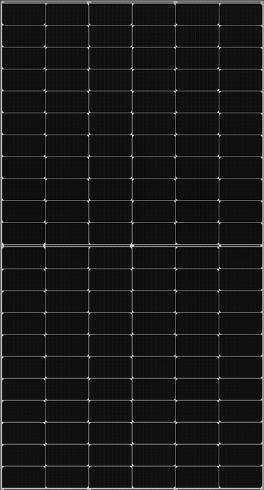
Solar Panel N-Type TOPCon M10
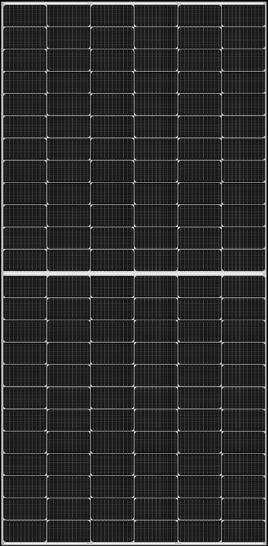
Solar Panel Alpen Serises A12
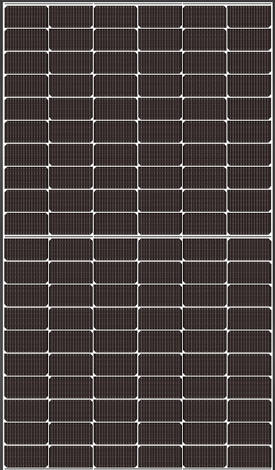
Product Features
The efficiency of solar modules varies depending on several factors, including the type of PV cells used, the size and orientation of the panel, and how much sunlight is available. In general, solar panels are most efficient when they are installed in areas with maximum sun exposure and minimal shading.
Solar modules are typically installed on rooftops or in large arrays on the ground, and they can be connected in series to produce higher voltage and wattage outputs. They are also used in off-grid applications, such as powering remote homes or water pumps, and in portable devices such as solar-powered chargers.
Despite their many advantages, solar modules do have some drawbacks. They can be expensive to install initially, and they may require maintenance or repair over time. Additionally, their efficiency can be affected by factors such as temperature and weather conditions. However, as technology and manufacturing processes improve, the cost and efficiency of solar modules are expected to continue to improve, making them an increasingly attractive option for renewable energy generation.
In addition to solar modules, there are several other renewable energy technologies that are becoming increasingly popular around the world. Wind turbines, for example, convert the kinetic energy of wind into electricity through the use of rotating blades connected to a generator. Like solar modules, wind turbines can be installed in large arrays or smaller, individual units, and they can be used to power homes, businesses, and even entire communities.
One of the key benefits of renewable energy technologies is that they produce little to no greenhouse gas emissions, which can help to combat climate change and reduce air pollution. Additionally, because renewable energy sources such as wind and solar are abundant and free, their use can help to reduce dependence on fossil fuels and provide a reliable source of energy for communities around the world.








